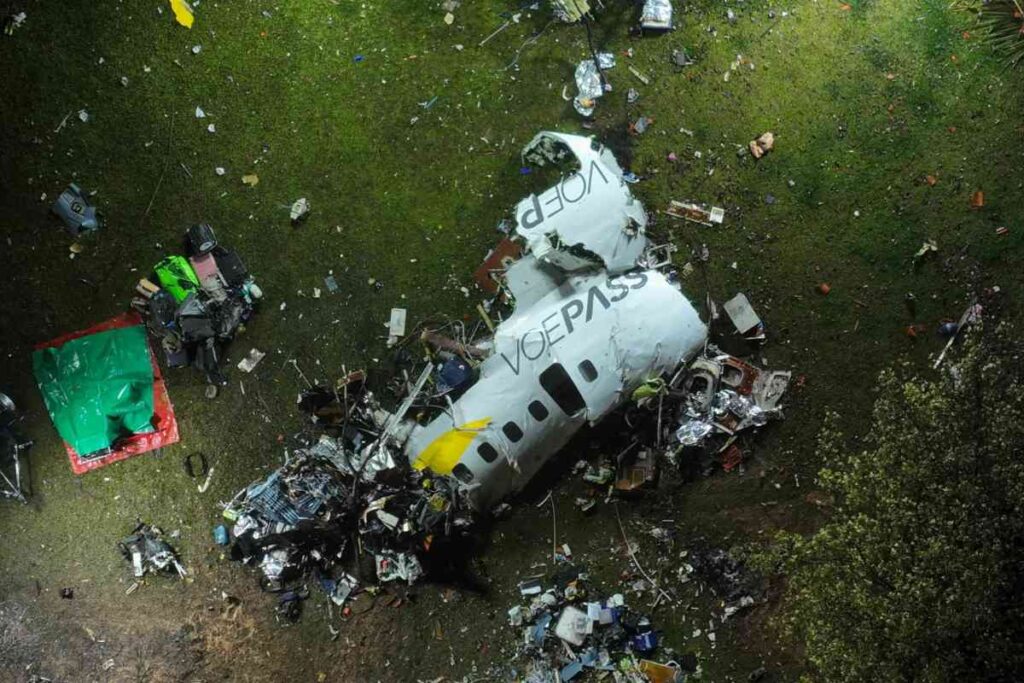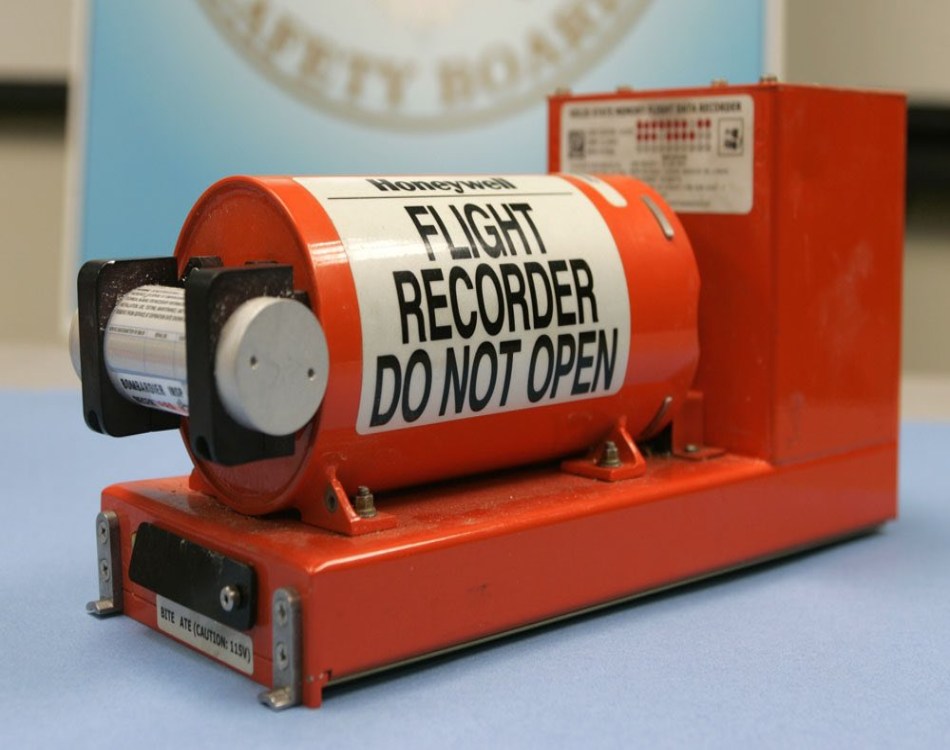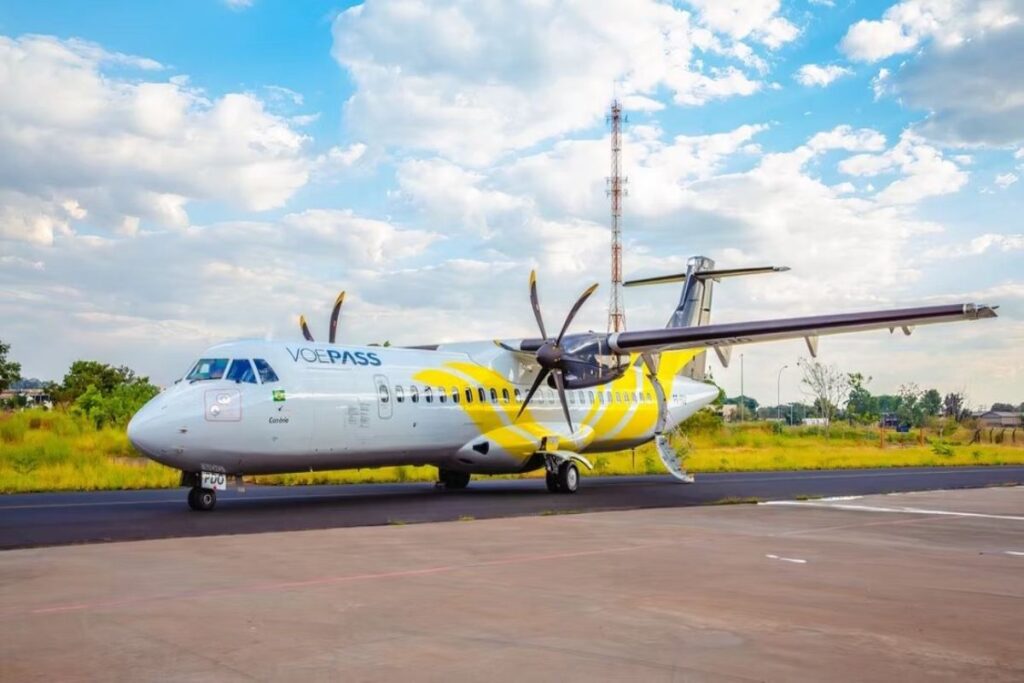The much-awaited black box from the crashed VoePass 2283 airplane has finally revealed some details about the fatal mishap. From the information investigators have gathered, a problem connected to the plane’s engines was likely responsible. The box also revealed voice recordings of screams in the terrifying seconds leading to the crash.
On Friday, August 9, 2024, the VoePass aircraft with 62 passengers and crew on board crashed in Brazil. All 62 people on board lost their lives. The airplane took off at 11:46 a.m. from the Cascavel Regional Airport in Parana. In a few hours, passengers expected to have landed at their destination, in Sao Paulo, Brazil’s most populous city.
Instead, almost two hours later, the plane was spinning in the sky, as captured in a cell phone footage from Sao Paulo residents. The black box revealed what transpired on the plane during those crucial moments. For the passengers, it was utter chaos and fright.
Recordings from the black box were full of screams for about one minute as the pilots lost control of the aircraft. The plane crashed down at a speed of 17,000 feet per minute and landed dangerously in a residential area.

Also, the recordings from the black box, which reports say lasted for two hours, revealed some troubling discussions between the pilots. A transcript of the flight recorder disclosed that the pilots were aware that the plane’s engines needed “more power.” The recording captured the co-pilot asking the pilot about the cause of the challenge with the plane.
ALSO READ: Nervous Travelers Are Changing Flight to Avoid Boeing Airplanes Amid Recurring Aircraft Problems
The Cause of the Crash Is Still Uncertain
Despite the recording, insiders have revealed to journalists that the cause of the crash remains a mystery. They also disclosed that audio analysis isn’t likely to provide concrete answers. One reason is that the noise from the engines drowned the sound from portions of the recording.
However, the most likely cause of the crash was the ice that reportedly hung on the aircraft’s wings. “All the preliminary signals point toward an icing event,” a former managing director of the National Transportation Safety Board, Peter Goelz, told the press.
A previous investigation showed that the plane flew through an area that was the subject of an extreme icing forecast. Weathermen predicted lots of ice between 12,000 to 21,000 feet in an area in the flight route.
Why Is It Called a Black Box?
Over many decades, the Black Box has been the common name for an airplane’s flight recorder. Its existence dates back to the 1930s, when a French engineer, Francois Hussenot, became interested in making one.
It is interesting to note that an aircraft has two “black boxes.” Officially, they are called flight data recorders (FDR) and cockpit voice recorders (CVR). Contrary to widely held beliefs, the flight recorder or cockpit recorder isn’t called a “Black Box” because it is black.
In fact, the black box is orange rather than black. The reason for its orange color is that it’s easier to spot after a crash.

Originally, they contained magnetic tapes enclosed in a fireproof box. This box was painted black to prevent the metal case from rusting. Hence the term “Black Box.” These black boxes have proven to be an essential component of aircraft manufacturing.
They store crucial information about the airplane, which is majorly the sound and the airplane’s parameters. The black box gathers sound from the pilot, copilot, the cockpit ambient noise, and radio communications.
How Do Black Boxes Survive Plane Crashes?
If you’ve ever wondered if a black box can get damaged after a crash, an aviation expert has the answer. “It is extremely rare for a black box to be destroyed,” says Scott Hamilton, director of Leeham Co., a Washington-based aviation consulting company. “Black boxes have traditionally outperformed their design,” he added.
“It would take a concentrated fire beyond its design strength or an impact so high that it would be beyond what it could withstand,” he explained. That’s because the boxes are made of stainless steel or titanium. As a result, they can withstand very high crash velocity. They can also withstand temperatures up to 2000 degrees F for over 30 minutes.
Interestingly, in addition to their strong casing, black boxes sit in the plane’s tail sections. The plane’s tail is the least likely part of the plane to suffer damage after a crash. They almost always remain intact. Therefore, the black boxes enjoy even more protection from this section.
ALSO READ: Single Mother Left “Traumatized” After Facing Child Trafficking Allegations From Airport Authorities
How Long Does a Plane’s Black Box Last?
The FDR is built to store a minimum of 25 hours of flight information, while the CVR records at least 2 hours of audio information. If the plane crashes into the sea or any large water body, the black box has a sensor that emits signals. This signal releases an ultrasonic pulse to indicate its location.

Although the human ear cannot detect the pulse, aircraft, ships, and submarines can. The black boxes run on powerful batteries that can last up to six years. However, the boxes can only emit the pulses for 30 days.
Who Makes Black Boxes for Airplanes?
Several companies have made a name for themselves in manufacturing black boxes. One of them is Honeywell Aerospace, which is based in Phoenix Arizona.
They’ve been making FDRs and CVRs for over 60 years and have described themselves as the industry leaders in black box production. But as the reports say, with the brazil plane crash CVR being drowned out by aircraft noise, even the most sophisticated black boxes have their limits.
You Might Also Like:
Chick-fil-A Reintroduces Banana Pudding Milkshake After 13 Years
Multiple People Arrested in Connection to Matthew Perry’s Death
Dermatologists Advice on How to Effectively Treat Melasma and Hyperpigmentation
Arizona Man Chris Zwierzynski Survives a 700-Foot Fall on Oregon’s Mount Hood
15-Year-Old Heman Bekele Creates Soap That Could Prevent and Treat Skin Cancer
